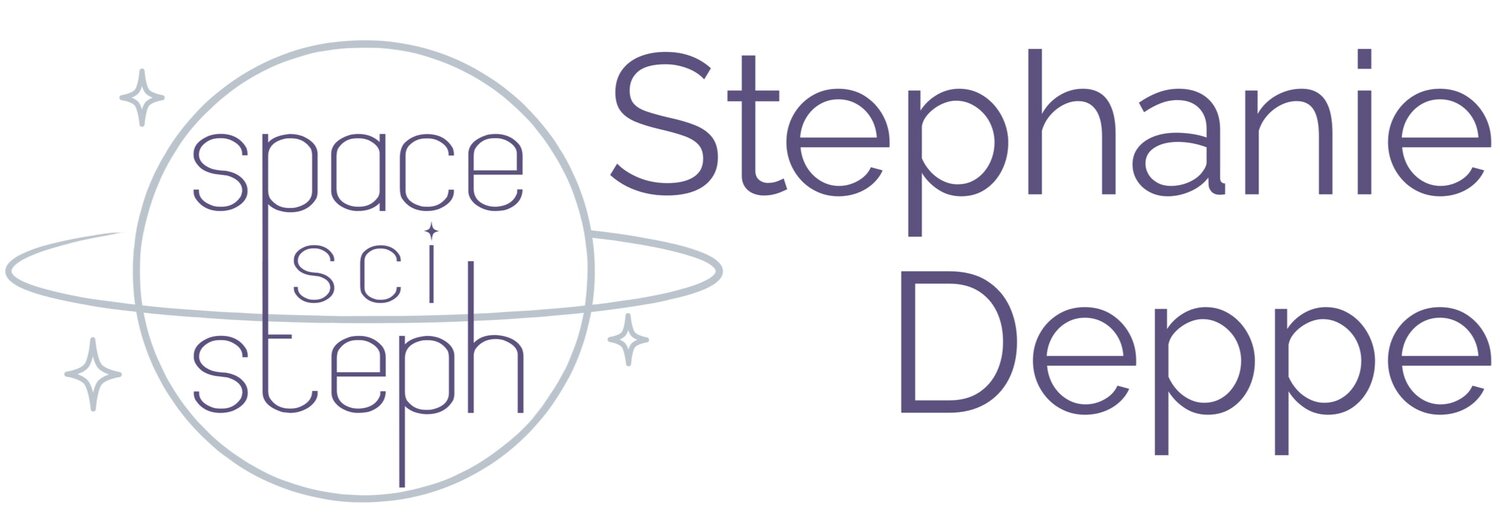New Astrobites Post: Colors of Kuiper Belt Objects Reveal Their Histories
/Another month, another post for Astrobites!
For today’s post, I wrote about a paper published by the Colors of the Outer Solar System Origins Survey team. They compiled a collection of 229 Kuiper Belt Objects (KBOs) that all have well-measured colors. By “color,” I mean that the astronomers obtained images of the KBOs in three different wavelength filters, and since the objects might not reflect the same amount of light in each filter, the difference between the three measurements gives an idea of the “color.” Just like how plants appear green because most of the light they reflect is green light.
There’s an additional complication, since the reflected light in question is the Sun’s light. The Sun inherently has its own color, and so colors of KBOs tend to be measured relative to the Sun’s color. Colors close to the Sun’s are referred to as “solar neutral” or “gray,” while redder KBOs are referred to as “red.” (There aren’t really any bluer-than-solar objects, though people sometimes confusingly refer to gray KBOs as blue instead, mostly to mean “not-red.” But the objects aren’t actually blue! Luckily the authors of this paper didn’t use that terminology).
What’s so special about color? It turns out that an object’s color corresponds to its composition, and its composition relates back to where in the early planetary disk the object formed. Furthermore, other properties about the object, such as its orbital inclination (how far the object swings out of the plane of the eight major planets), also tell us about the object’s history. Did it form closer to the Sun and get scattered out? Did it form farther out? Considering both inclination and color together could be a powerful constraint on where KBOs formed and how they got to where they are now!
I won’t spoil the punchline, though. You’ll have to go read the post!



